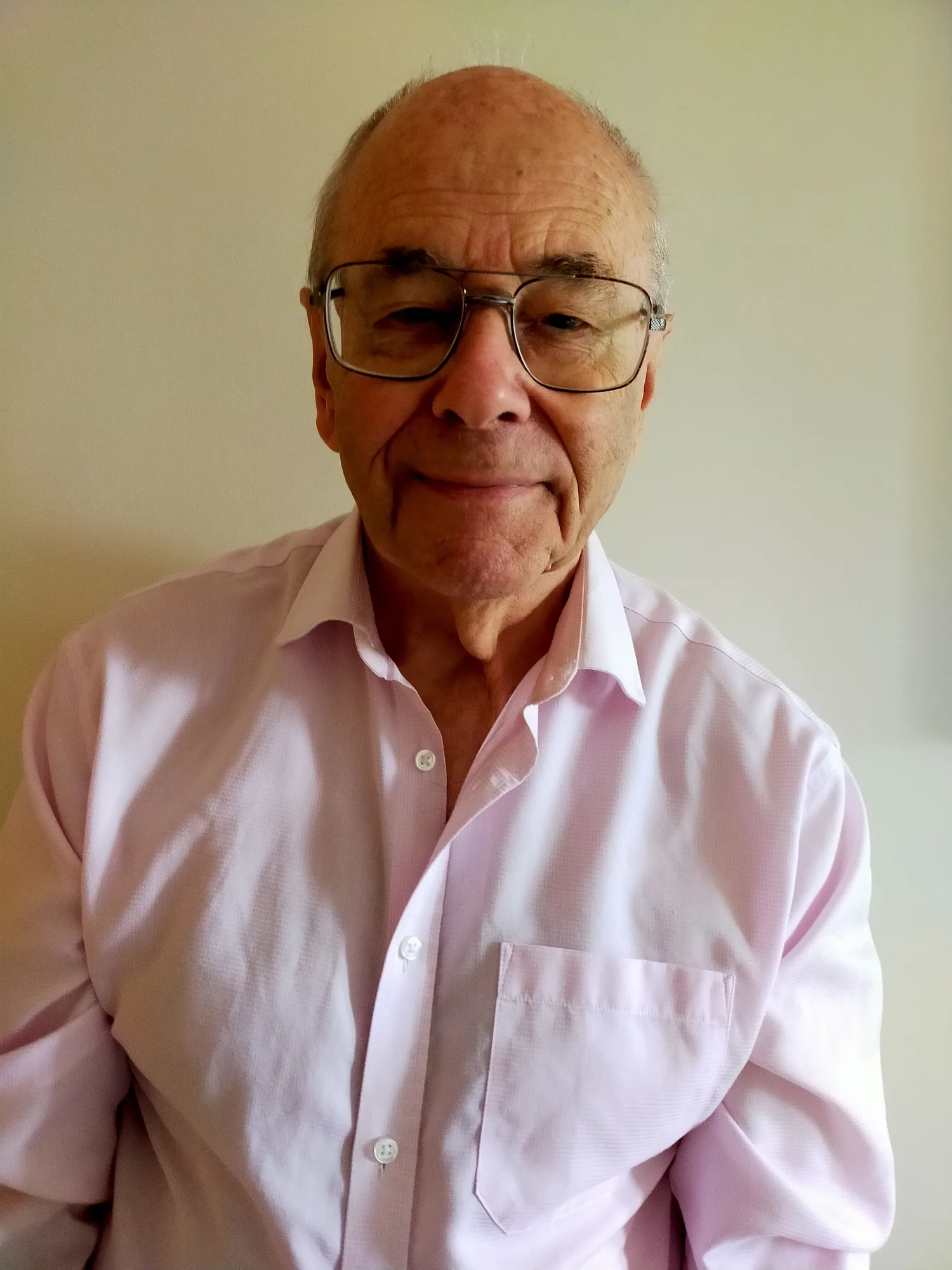|
By the middle of the 18th century the Church of England was adrift in the ecclesiastical doldrums. Lacking in purpose and energy, it seemed to have settled for a quiet and complacent life, ruled at the centre by the aristocracy and controlled locally by the landed gentry. It was conservative, deferential and largely insulated from the poverty and misery of those who were forced to work for long hours and low wages in the factories of the industrial revolution. The malaise of Anglicanism at this time is strikingly captured in the famous portrait by William Hogarth of Thomas Herring, archbishop of Canterbury from 1747 to 1757, which shows a man of supreme self-satisfaction looking down upon the viewer from his majestic throne, oblivious to the tumultuous events swirling around him. Religion was, of course, far from dead in England, but it was being stirred not by establishment figures like Herring but by popular evangelical preachers such as George Whitfield and John and Charles Wesley.
It is these names, not those of the prince-bishops of Anglicanism, that best capture the religious life of ordinary people in mid-18th century England – and none more so than John Wesley, the founder of Methodism, who stands proudly in a window in the south walk of the cloister at Chester Cathedral. He is dressed in the garb of an 18th century Methodist preacher, but Wesley was never ordained in the Methodist church: he remained an Anglican priest to the end of his life, albeit one whose evangelical radicalism was in stark contrast to the theological conservatism of the established church.
John Wesley was born in 1703 at Epworth, in Lincolnshire, where his father Samuel was rector. He was educated at Charterhouse School and Christ Church College Oxford, and it was while he and his brother Charles were at the university that they became part of a group of earnest young men who believed that the path to holiness and salvation lay in disciplined study, systematic prayer and good works among the poor and dispossessed. They called themselves the ‘Holy Club’, but because of their almost formulaic approach to spiritual matters, they were lampooned as ‘the methodists’.
John Wesley was ordained priest in the Church of England in 1728 and in 1735 he was persuaded to go to the American colony of Georgia to minister to the colonists and convert the natives. It was a disaster. Wesley’s spiritual rigidity and poor emotional intelligence forced him back to England after less than two years and induced in him a profound despair of ever achieving the assurance of God’s love that he so deeply craved. The turning point came in May 1738 when he went reluctantly to a meeting at Aldersgate, in the City of London. While there, he ‘felt his heart strangely warmed’ and experienced a profound assurance that ‘Christ had taken away my sins, even mine’. It was a conviction of personal salvation so deep that it utterly changed Wesley’s life and sparked a movement that would have a far-reaching impact on the religious and social fabric of Georgian Britain.
Aided by his brother Charles, who became the outstanding hymn-writer of his generation, John Wesley now embarked upon a lifelong mission as an itinerant preacher, riding on horseback to all corners of the country to bring his message of personal salvation to the masses. He was hugely successful in converting large numbers of people, but his methods found little favour among his fellow Anglican priests, most of whom refused to have anything to do with him. When Wesley started ordaining Methodist minsters himself, he was barred from preaching in Anglican churches and cathedrals and was dismissed by Archbishop Thomas Herring as a verbose populist who would soon be forgotten. Religious enthusiasm, Herring believed, had no place in the English character.
Since John Wesley’s death in 1791, Methodism has spread throughout the world, bringing not just religion but also education, health care, child welfare and many other social benefits to communities across the globe. As the ecumenical movement in Britain gained ground in the years following the second World War, Anglicanism and Methodism rediscovered their common roots, and in 2003 they entered into a Covenant to ‘work to overcome the remaining obstacles to the organic unity of our two churches’. In spite of many local successes, the aspirations of the Covenant at a national level have largely stalled. The presence of the founder of Methodism in Chester Cathedral, fenestrated alongside Anglican worthies in the cloister, may perhaps inspire those who think the goal is still worth pursuing.

John Butler
Research Volunteer
Enjoying these articles?
Sign up to our newsletter and stay up to date with all the latest events, news and offers

